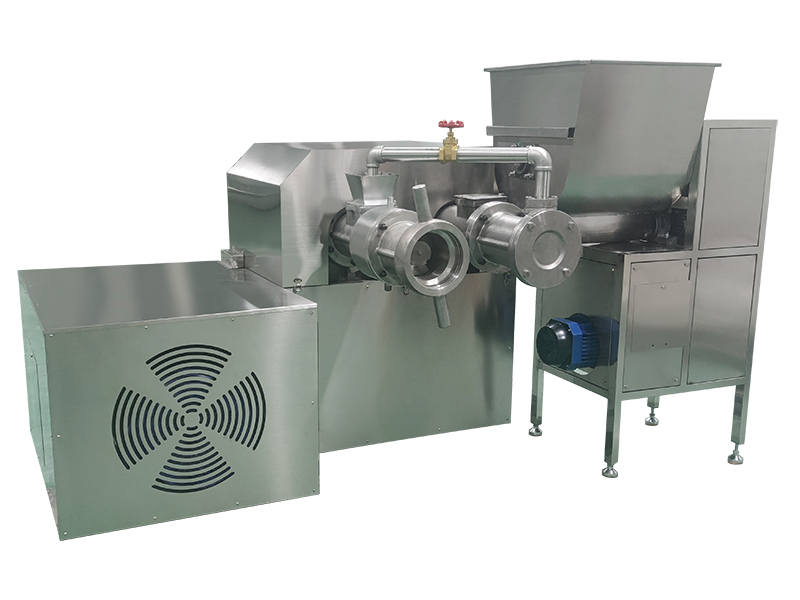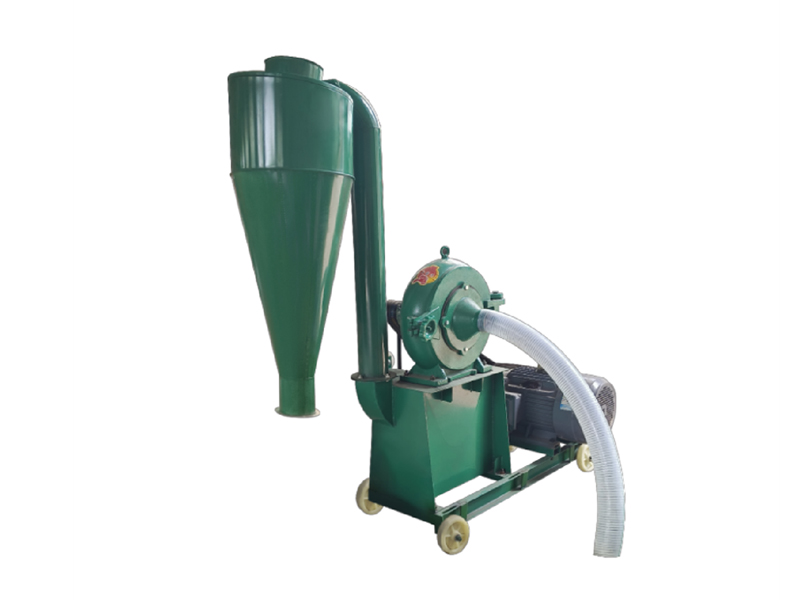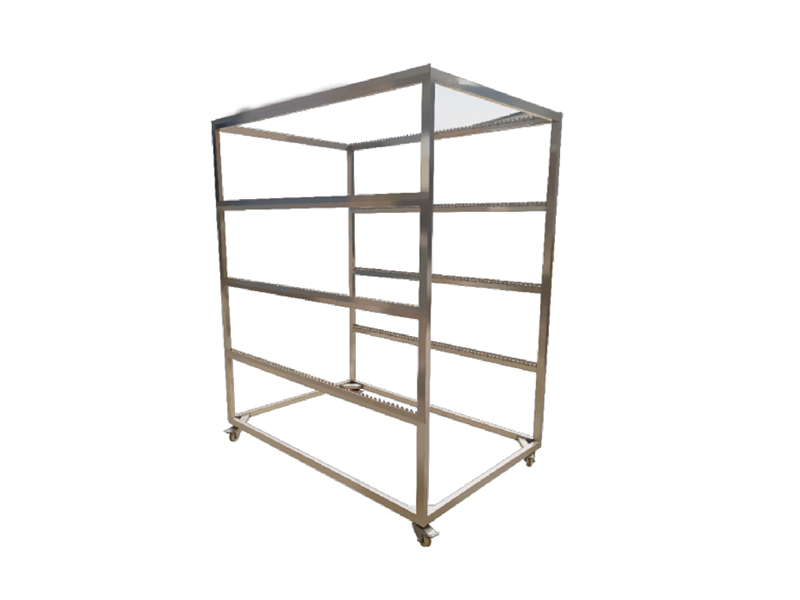
News Detail
Classification of noodle machines
Classification by degree of automation
1. Manual noodle machine
Working principle: The dough is pressed into dough skin and then cut into noodles by manually turning the rocker.
Advantages:
Low cost and simple structure;
Convenient for home use, no power supply required;
Safe operation and strong controllability.
Disadvantages:
High labor intensity;
Low efficiency, not suitable for commercial or mass production;
Limited choice of noodle width and shape.
2. Semi-automatic noodle machine
Working principle: The noodle pressing and cutting mechanisms are usually driven by motors, and some steps still require manual assistance, such as feeding and taking noodles.
Advantages:
Moderate cost, suitable for small restaurants or noodle shops;
Simple operation, improved efficiency;
Adjustable dough skin thickness and noodle width.
Disadvantages
Limited degree of automation;
Overall production efficiency is still low;
Regular manual cleaning and maintenance are required.
3. Fully automatic noodle machine (industrial type)
Working principle: automatic dough conveying, rolling, maturation, strip cutting, fixed length, and packaging are integrated. Each link is precisely controlled by the PLC control system.
Advantages:
High efficiency, suitable for mass production;
Stable quality, good size consistency;
Save labor costs, continuous production.
Disadvantages:
High equipment cost and large area;
There are certain technical requirements for users;
Maintenance and accessories are more professional.
Classification by function
1. Single-function noodle machine (only pressing and cutting)
Mainly used for pressing dough and cutting noodles, without functions such as dough mixing and maturation. Suitable for simplifying process requirements.
2. Multifunctional noodle machine (mixing, pressing, and cutting in one)
Integrated functions such as dough mixing, pressing, and cutting, it can process noodles of different shapes, some of which can process rice noodles, dumpling skins, etc.
Classification by noodle type
1. Ordinary noodle machine
Suitable for making common noodles such as round noodles, flat noodles, and wide noodles.
2. Special noodle machine
Used to make special noodles such as knife-cut noodles, rice noodles, rice vermicelli, buckwheat noodles, hand-rolled noodles, etc., the structure and heating method may be different.
Classification by heating method (mainly for cooking equipment)
1. Normal temperature cutting type (cold noodles)
Only the dough is formed, no heat treatment is performed, and subsequent cooking is required.
2. Steam/hot air heating type (cooked noodles)
The equipment is equipped with a steam generator or hot air circulation system, which is used to cook noodles or dry noodles, and is often used in instant noodle production lines.
Zhengzhou Yunhe Food Machinery Co., Ltd.
From material to size, from appearance to function, we can provide various products to meet your specific application needs.
Why Choose US
We are a company specializing in food machinery. We are equipped with advanced production technology and equipment, dedicated to pursuing excellence in quality and creating first-class products.
Our Advantages
Our machinery is user-friendly, with a fully automated food processing line that includes automation functions to precisely control the production process. This greatly enhances production efficiency and ensures stable output for processed food.
In terms of quality, we use high-quality 304 stainless steel, which is sturdy, durable, and has a long service life. Our machines also offer flexible parameter adjustments to meet the production needs for various food specifications and textures. Additionally, the equipment is easy to clean and strictly adheres to national safety and hygiene standards to ensure food safety.





